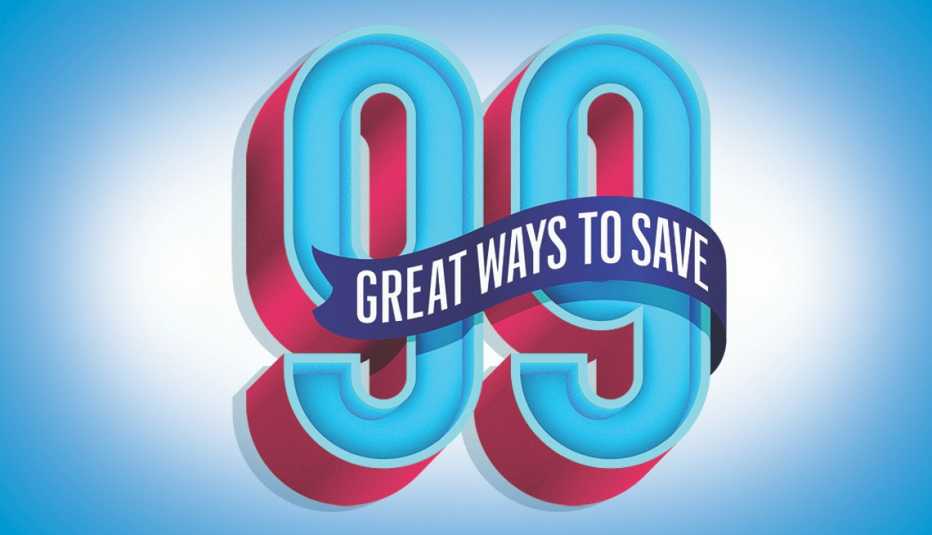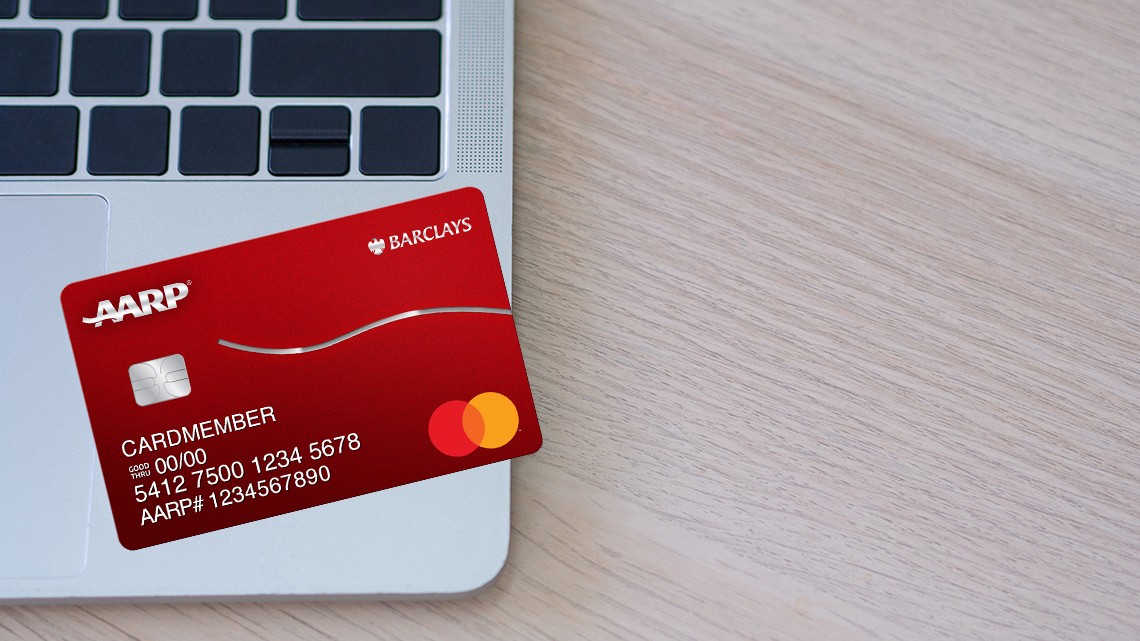Staying Fit
If there’s one thing Americans love, it’s shopping — and for many, shopping on credit. As the COVID-19 pandemic entered its third year, U.S. shoppers rushed to stores and charged $46 billion to plastic in the second quarter — a 13 percent year-over-year increase, the biggest in more than 20 years. Total credit card debt now stands at $890 billion, up $100 billion the past 12 months, according to the Federal Reserve Bank of New York.
If you pay your balances off monthly, then the Federal Reserve’s latest interest rate increase shouldn’t concern you. If you carry a balance on your credit card, however, the Fed’s recent series of rate hikes is particularly bad news — and the news could get worse because few expect the Fed to be done raising interest rates. Nevertheless, you still have several ways to reduce your rate and your debt.


AARP Membership— $12 for your first year when you sign up for Automatic Renewal
Get instant access to members-only products and hundreds of discounts, a free second membership, and a subscription to AARP the Magazine.
Elevator going up
The Federal Reserve has raised its so-called fed funds rate four times this year — in March, May, June and July — pushing the benchmark rate from near zero to a range of 2.25 percent to 2.5 percent. Its most recent hike was three-quarters of a percentage point — an aggressive move by the normally cautious central bank.
The Fed is raising rates to slow the economy and combat inflation, which rose a searing 9.1 percent for the 12 months that ended in June. Higher rates mean that consumers and businesses pay more in interest, and that reduces their ability to spend.



































































